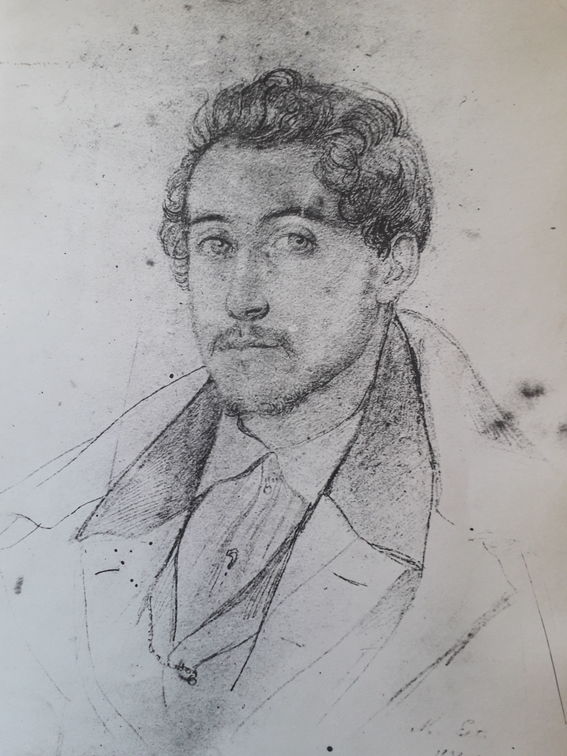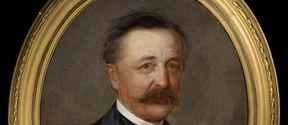Senate Fine Mechanics Workshop
In the spring of 1842, Wetzer was given an apartment in Helsinki, a salary and the instruments necessary for precision work. In November of the same year, the opening of his workshop was announced to the general public. Wetzer's first major customer was the newly established Helsinki magnetic observatory, led by Nervander.
As no teacher could be found by the time Helsinki Technical School was scheduled to open in January 1849, Wetzer was appointed to the position. Thus, he could be credited with launching mechanical engineering education in Finland.
No-one else in the country could do the job. Wetzer was a conscientious teacher who, over the span of twenty years, founded the profession of fine mechanics in Finland. By the end of the 1850s, the Senate of Finland was able to state that there were other capable fine mechanics working in the country as well.
When the Polytechnic School – the former technical school – moved to premises on the edge of Hietalahti Market Square in 1877, Wetzer's fine mechanical workshop moved with it to a nearby location (Bulevardi 26).

